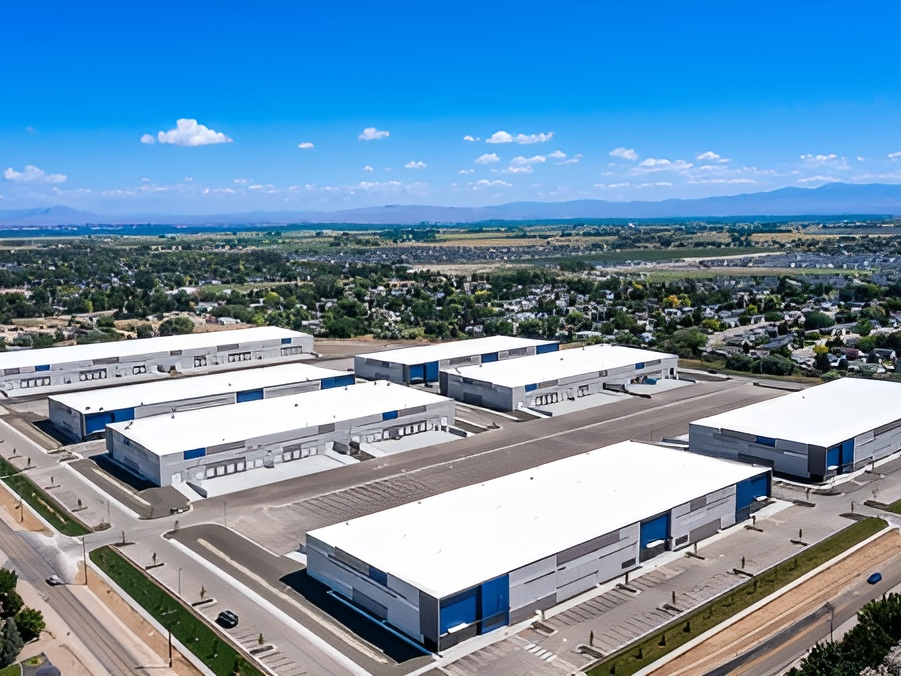When Will CRE Deals Rebound?
It will get worse before it gets better. But ULI’s latest forecast sees an improvement over the next couple of years.
As concerns about a recession grow and headwinds for some CRE investors turn into downturns, the Urban Land Institute’s latest semi-annual Real Estate Economic Forecast provides a longer-term view than most such forecasts. And despite high inflation, much of the forecast is positive—though there’s more pain in the meantime.
For example, ULI’s analysis predicts that GDP growth and CRE transaction volume, both currently under their long-term averages, will be exceeding those averages by 2025.
The forecast gives predictions for 27 economic and real estate indicators—including employment, GDP, inflation, vacancy rates and rents for five property types, and housing starts. The forecast is a consensus, based on input in mid- to late April from 41 economists/analysts at 37 real estate investment, advisory, and research companies and other organizations.
READ ALSO: CRE Lending Sees Significant Drop
Real GDP growth was 2.1 percent in 2021. It’s predicted to hit just 0.9 percent this year and 1.5 percent next year, but ULI’s experts see it reaching 2.5 percent in 2025. All these figures are versus a 20-year average of 2.01 percent growth.
CRE transaction volume, too, falls into that “it gets worse before it gets better” category. After hitting a record-high $860 billion in 2021 and sliding (as interest rates rose) to a still-hefty $730 billion in 2022, transaction volume is predicted to reach just $425 billion this year, compared to a 20-year average of $445 billion. However, the forecast calls for transaction volume to reach $525 billion in 2024 and $695 billion in 2025. The latter figure would be the third-highest annual volume ever.
Pains and gains
Real estate pricing (as an average of all property types) saw little change in 2022, edging up only 0.9 percent, which was especially stark given the 20 percent surge in 2021. But hold on tight, because ULI forecasts an 8.0 percent drop over this year, followed by increases of 2.6 percent and 5.0 percent in 2024 and 2025, respectively. For context, the long-term average here is 3.9 percent.
As measured by the NCREIF Property Index (NPI), total returns on institutional-quality direct real estate investments reached 17.7 percent in 2021, then fell to 5.5 percent last year. That compares with the 20-year average of 9.0 percent. ULI predicts a negative 3.8 percent this year, followed by positive returns of 4.6 percent and 7.0 percent in 2024 and 2025, respectively.








You must be logged in to post a comment.